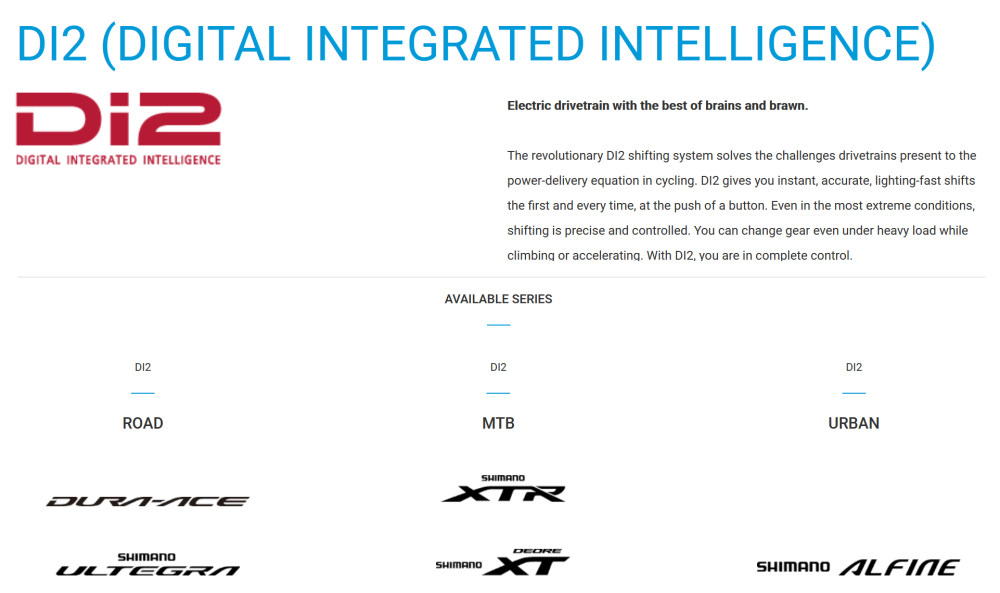I’ve been meaning to do a pro/con breakdown on Shimano Di2 for ages. Finally found the downtime to get it done :).

themezee-widget-bundle domain was triggered too early. This is usually an indicator for some code in the plugin or theme running too early. Translations should be loaded at the init action or later. Please see Debugging in WordPress for more information. (This message was added in version 6.7.0.) in /var/www/html/mamilian.bike/public_html/wp-includes/functions.php on line 6121wpdiscuz-user-notifications domain was triggered too early. This is usually an indicator for some code in the plugin or theme running too early. Translations should be loaded at the init action or later. Please see Debugging in WordPress for more information. (This message was added in version 6.7.0.) in /var/www/html/mamilian.bike/public_html/wp-includes/functions.php on line 6121wpdiscuz domain was triggered too early. This is usually an indicator for some code in the plugin or theme running too early. Translations should be loaded at the init action or later. Please see Debugging in WordPress for more information. (This message was added in version 6.7.0.) in /var/www/html/mamilian.bike/public_html/wp-includes/functions.php on line 6121amazon-auto-links domain was triggered too early. This is usually an indicator for some code in the plugin or theme running too early. Translations should be loaded at the init action or later. Please see Debugging in WordPress for more information. (This message was added in version 6.7.0.) in /var/www/html/mamilian.bike/public_html/wp-includes/functions.php on line 6121health-check domain was triggered too early. This is usually an indicator for some code in the plugin or theme running too early. Translations should be loaded at the init action or later. Please see Debugging in WordPress for more information. (This message was added in version 6.7.0.) in /var/www/html/mamilian.bike/public_html/wp-includes/functions.php on line 6121zblack domain was triggered too early. This is usually an indicator for some code in the plugin or theme running too early. Translations should be loaded at the init action or later. Please see Debugging in WordPress for more information. (This message was added in version 6.7.0.) in /var/www/html/mamilian.bike/public_html/wp-includes/functions.php on line 6121Getting old sucks, might as well have a nice bike
I’d say that the matter of performance in non-ideal conditions depends on how you define non-ideal conditions. For many riders, non-ideal will mean cold (since skis are the right tools for snow, not bikes). In the cold, cable friction increases and mechanical shifting performance gets worse, while electronic shifting is unaffected, making di2 the technology of choice for many winter commuters.
When you don’t have mountains in the backyard, we flat-landers have to make do with what’s available…
One other minor DI2 advantage – while the total weight for rim brake systems is very close, Shimano mechanical disk break shifters are quite heavy and total weight for disk break DI2 is a bit lower than mechanical, especially 9170 vs 9120 (https://ccache.cc/blogs/newsroom/2019-road-groupset-weight-comparison). I would only care about that for some road bikes, not gravel.
Excellent point. Thanks.